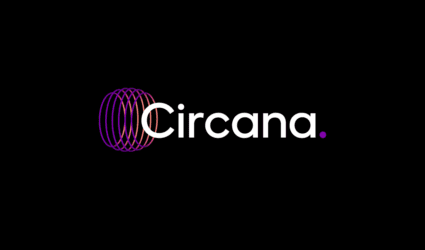By James Carlson, Mid-Market Consultant & Team Leader, Circana
Many of my favorite — and most productive — client discussions over the years have revolved around discussing ways to size and prioritize opportunities through share measures.
While most clients diligently track share, I’ve learned during my 10+ years supporting mid-market companies that not enough brands are taking the additional step to incorporate fair-share concepts into their planning and sales strategies. And that’s unfortunate, because these concepts unlock a simple and repeatable process for better sizing sales opportunities and reliably driving your growth strategy forward.
The concept of fair share and gaps is just a matter of looking at the relationships between specific share and performance benchmarks. Using this approach, brands can identify where and how they’re performing well — while also revealing the most obvious areas of low-hanging fruit for share improvements.
There are many different ways to employ this technique. But here are five of the easiest, most impactful ways your brand can start calculating fair share to better size the prize and reliably spur growth. You can do this by comparing your:
- Brand’s share at a given retailer to your average share in the channel. If you have a 10% share in a channel, but only 5% share at a specific retailer in that channel, you have an opportunity to potentially gain 5 points to close the fair-share gap there.
- Retailer’s total share in their marketplace to their category share in the marketplace. For example, if you’re an egg producer, your product might be sold in a grocery chain in your area that has 40% market share in their channel. But if their share for the egg category is just 30%, you know that they’re not achieving their fair share in your brand’s category — and that there’s also a potentially sizeable growth opportunity there for your brand.
- Distribution depth at a given retailer to your sales share. Another great fair-share metric to look at is how your distribution depth (number of items on shelf) and sales share line up at specific retailers. If you have 20% sales share in your category at a retailer, how does your distribution depth compare to other similar brands? Do your competitors that also have 20% share have more items on shelf than you do? If so, you’re not getting your fair share — and you have a great argument for getting more shelf space to perform even better at that retailer.
- Brand’s online sales share at a retailer to your in-store sales there. With the growth of online commerce, this is a critical lens to apply to see if you are achieving your fair share of online sales. You can also look at whether you are achieving your fair share in specific online sales areas such as click-and-collect and delivery services compared to your share of in-store sales. This helps you determine which areas offer you the largest size of prize and can guide you on where to focus your online growth strategies.
- Share of promotional support at a retailer to your sales share. Achieving your fair share of promotional support is also critical to driving incremental brand sales and overall share. How many weeks of promotional support are you getting in terms of temporary price reductions, in-store displays, and circular features versus your competitors? If you’re getting promoted less often than your competitors with the same sales share, you deserve more.
In addition to being effective, these measures are also becoming increasingly easy to access for brands of all sizes. They’re already available to companies using Circana’s point-of-sale and market-measurement products. And now, Circana’s Liquid Data Go product is making these kinds of evaluations affordable for small and midsize CPG companies too. To learn more and book a free, no-obligation demo, visit our Liquid Data Go microsite today!
Get insights straight to your inbox





